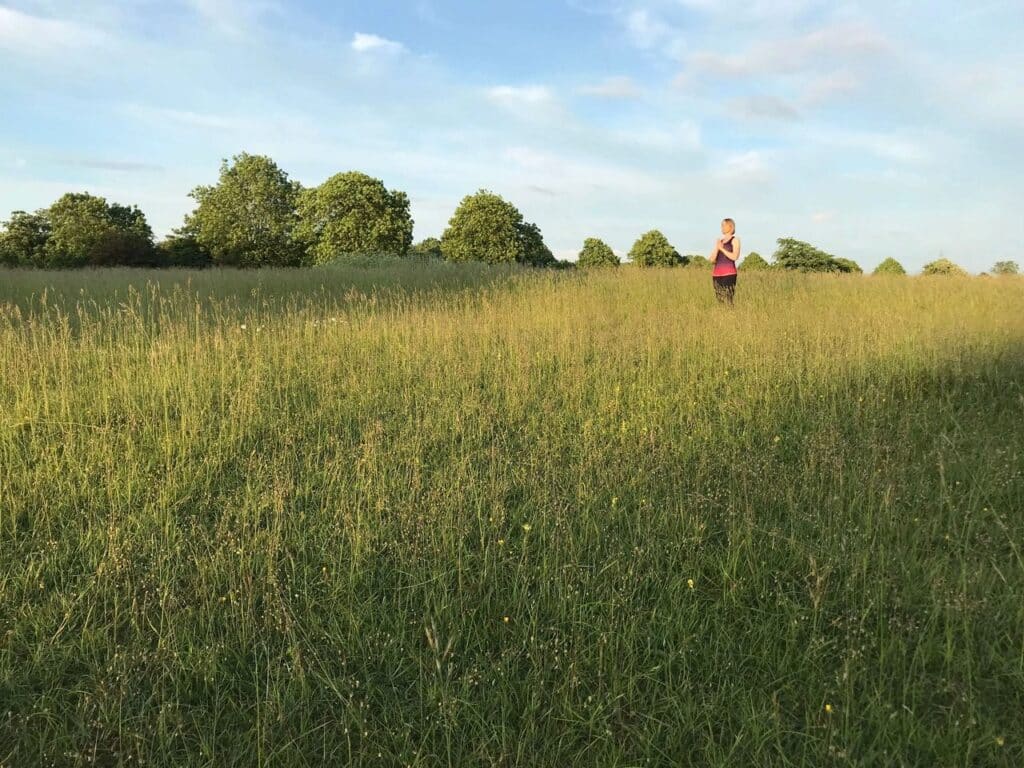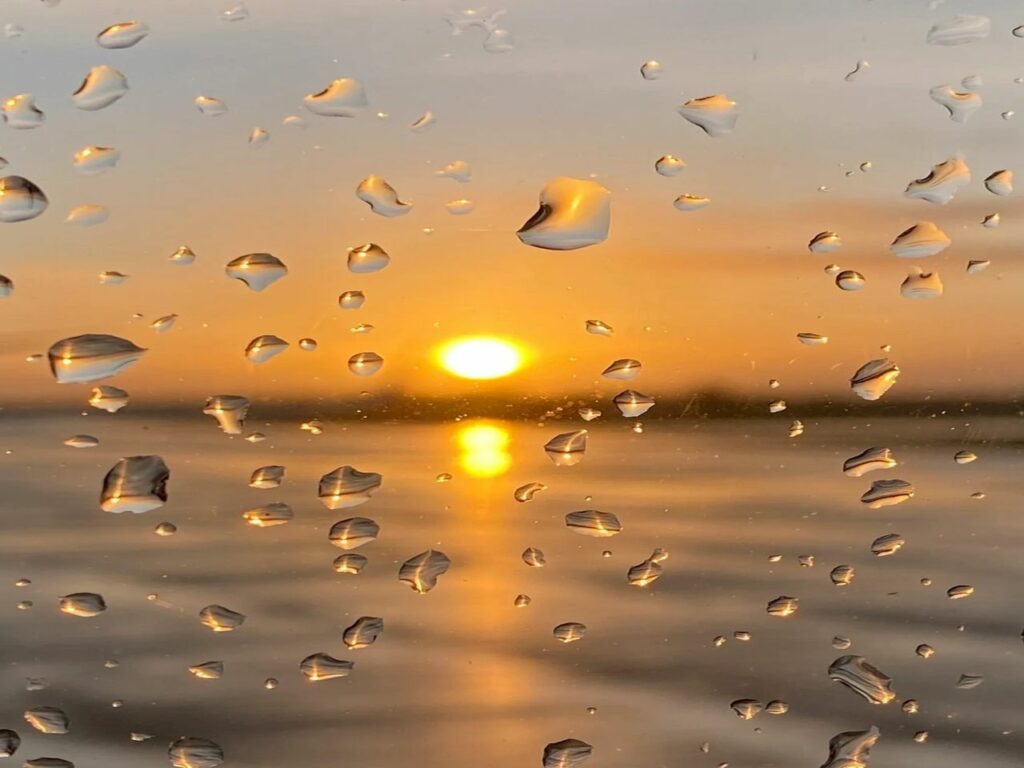It’s April. Happy Days.
The sun has finally made an appearance after what has occasionally felt like the longest winter on record and from now until October in the UK we can start to synthesise vitamin D just by being outdoors.
Our winters aren’t just grey, wet and dreary, our location in the northern hemisphere means we are so far from the sun that its from October to April its rays are simply not strong enough for our bodies to be able to make vitamin D naturally. Much of the UK’s population is deficient in this vitamin which synthesised when we expose our skin to the right wavelength of UV light – most conveniently found in sunlight.
What does vitamin D do?
Our bodies use vitamin D to control the amount of calcium and phosphate in our bodies, both of which are needed for healthy bones, teeth and muscles. Without it, young children are at risk from rickets and adults can develop osteomalacia which can make bones painful and tender, as well as osteoporosis, which means you have brittle bones more likely to fracture or break. A recent study also suggested that having adequate stores of vitamin D may enhance muscle function.
Vitamin D – or a lack of – has also been associated with sleep disorders, Seasonal Affective Disorder (SAD) and other mental health problems. So it seems really important that we get this right. Modern lifestyles – wearing clothes, working indoors, using sunscreen – means that it is estimated that half of the world’s population is vitamin D deficient.
The general consensus is that our bodies need around 20-25 mcg of vitamin D a day and the most efficient way for our bodies to make it is through exposure to sunlight and specifically Ultraviolet B sunrays. As this is our main source of Vitamin D, it’s really important to get our daily dose of sunshine when we can.
Easy wins
It’s easy to start synthesising vitamin D. All you need to do is be outside for with your forearms, hands or lower legs uncovered and without sunscreen from between 11am and 3pm from April to September.
But how much time do we need to spend outdoors to get enough vitamin D? As you might expect, how much sun exposure this requires depends on the intensity of the sunlight, the cloud cover and your skin colour.
As the amount of melanin in skin provides a proportionate amount of protection against UV rays, people with darker skin, such as those of African, African-Caribbean or south Asian origin, will need to spend longer in the sun to produce the same amount of vitamin D as those with lighter skin. People with dark skin may be less likely to burn (if at all) but the downside is that the darker the skin, the longer the exposure time needed to synthesise enough vitamin D.
Guide to exposure
Here is a rough guide as to how much time you might need to spend outside (this is assuming you are in London):
- Pale skin colour: April 1: eight minutes; August 1: five minutes
- Olive skin colour: April 1: 13 minutes; August 1: seven minutes
- Dark skin colour: April 1: 44 minutes; August 1: 24 minutes
For someone with pale skin like me, all it takes from now until September is a quick walk to the supermarket at lunchtime and I’ll be able to pick up a sandwich AND pack in my daily dose of vitamin D.
Calculator
These estimates came from some clever Norwegians at the rather wonderfully-named Norwegian Institute of Air Research. They have devised a calculator to work out exactly how much time you need to spend outside, wherever in the world you are, on any given day of the year, to give you enough time to synthesise vitamin D without burning. It even factors in environmental issues such as how much cloud cover there is and what kind of ground you are on. Sand? Snow? Concrete? Grass? It all makes a difference. Clever, no? Click here to get to the calculator.
Final word
Because the exposure needed in the sunniest seasons to get vitamin D is relatively short, there is little risk of sunburn. However, if you do want to stay in the sun for a while longer, please don’t forget to apply sunscreen. We want Vitamin D here and nothing more untoward.
Do you make sure you get enough sun? How do you factor in your daily dose of vitamin D? A wander in Westbury Wildlife Park before or after class might just do the trick.


